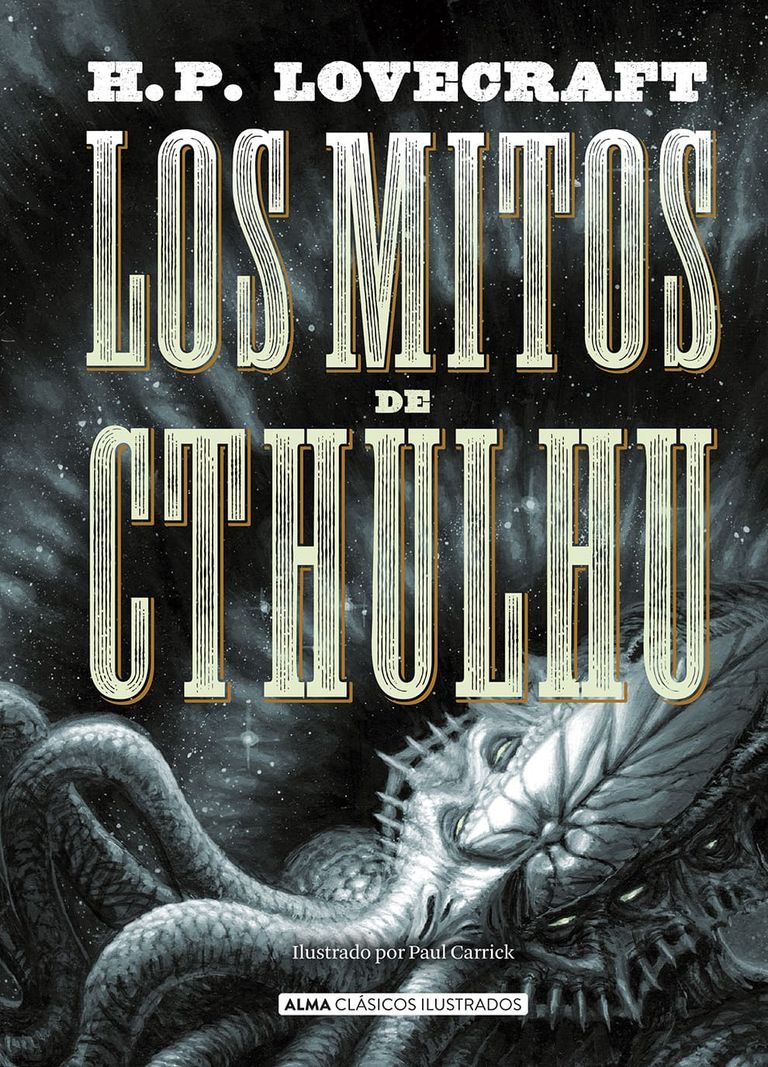
H. P. Lovecraft conocido mundialmente por las iniciales de sus nombres al mejor estilo estadounidense (en realidad se llamaba Howard Phillips Lovecraft) -apodado también el "solitario de Providence"-, su ciudad natal, por su carácter introvertido, es considerado el creador de un nuevo tipo de "horror literario" que algunos han dado en llamar "horror cósmico" (expresión atribuída poco después de su prematura muerte a los 47 años por el crítico August Derleth).
Creador de personajes que hacen parte de la historia de la literatura del horror como Cthulhu, Nyarlathotep o el infame Necronomicón ocupa un lugar de preponderancia en esta género literario junto a figuras de la talla de Matheson, Poe y otros.
Lovecraft crea criaturas primigenias que aguardan el momento propicio para darse a conocer, para salir a la vida cotidiana y mezclarse con los seres humanos trayendo consigo el terror en estado puro.
H.P. Lovecraft creador de inquitantes narraciones está considerado como el indiscutible maestro de un género literario situado entre la ciencia ficción y el horror.
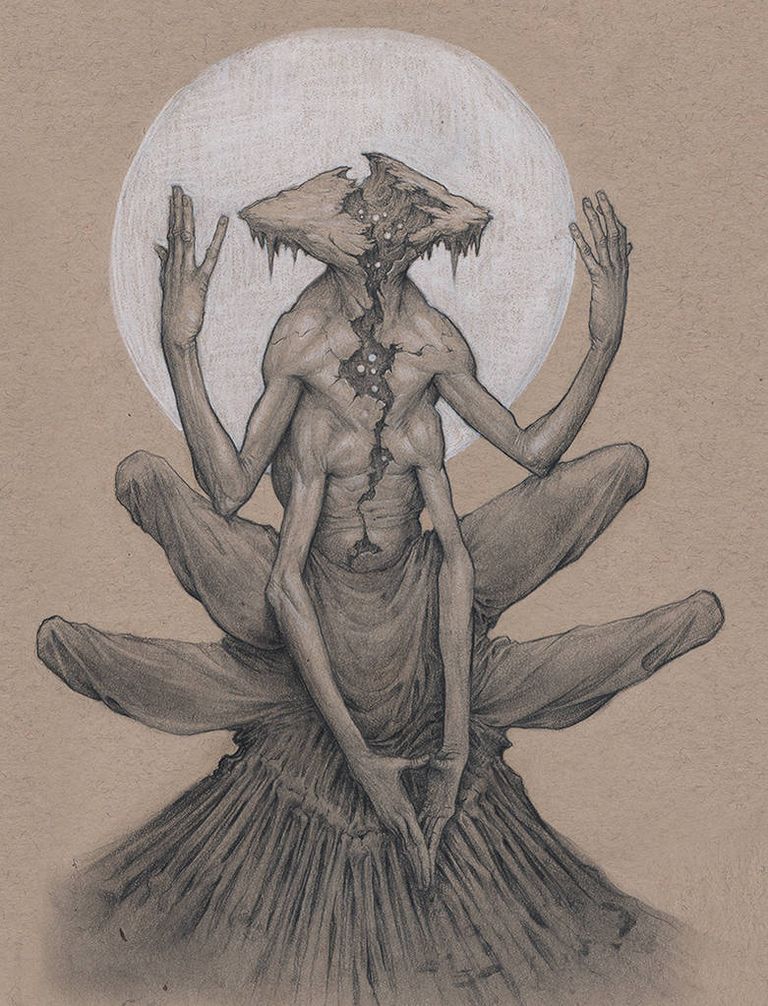

H. P. Lovecraft, known worldwide by the initials of his names in the best American style (his real name was Howard Phillips Lovecraft) -also nicknamed the "loner from Providence"-, his hometown, for his introverted character, is considered the creator of a new type of "literary horror" that some have called "cosmic horror" (an expression attributed shortly after his premature death at the age of 47 by the critic August Derleth).
Creator of characters that are part of the history of horror literature such as Cthulhu, Nyarlathotep or the infamous Necronomicon, he occupies a place of preponderance in this literary genre alongside figures of the stature of Matheson, Poe and others.
Lovecraft creates primordial creatures that await the right moment to make themselves known, to come out into everyday life and mingle with human beings, bringing with them terror in its purest form.
H.P. Lovecraft, creator of disturbing tales, is considered the undisputed master of a literary genre located between science fiction and horror.
Los mitos de Cthulhu. / The Myths of Cthulhu.
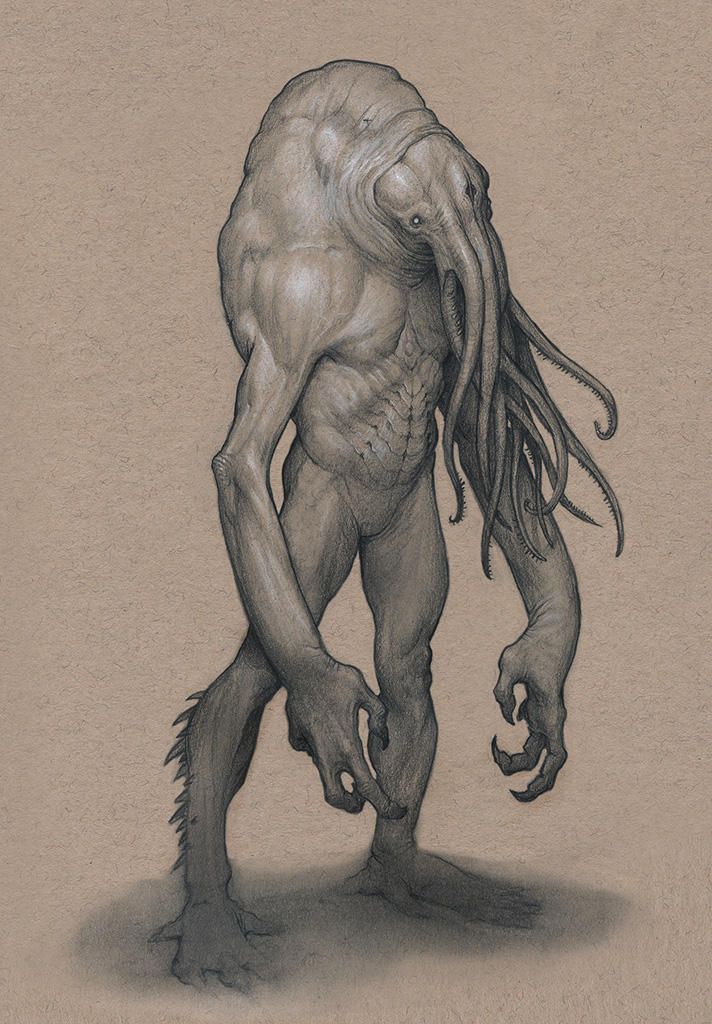 | 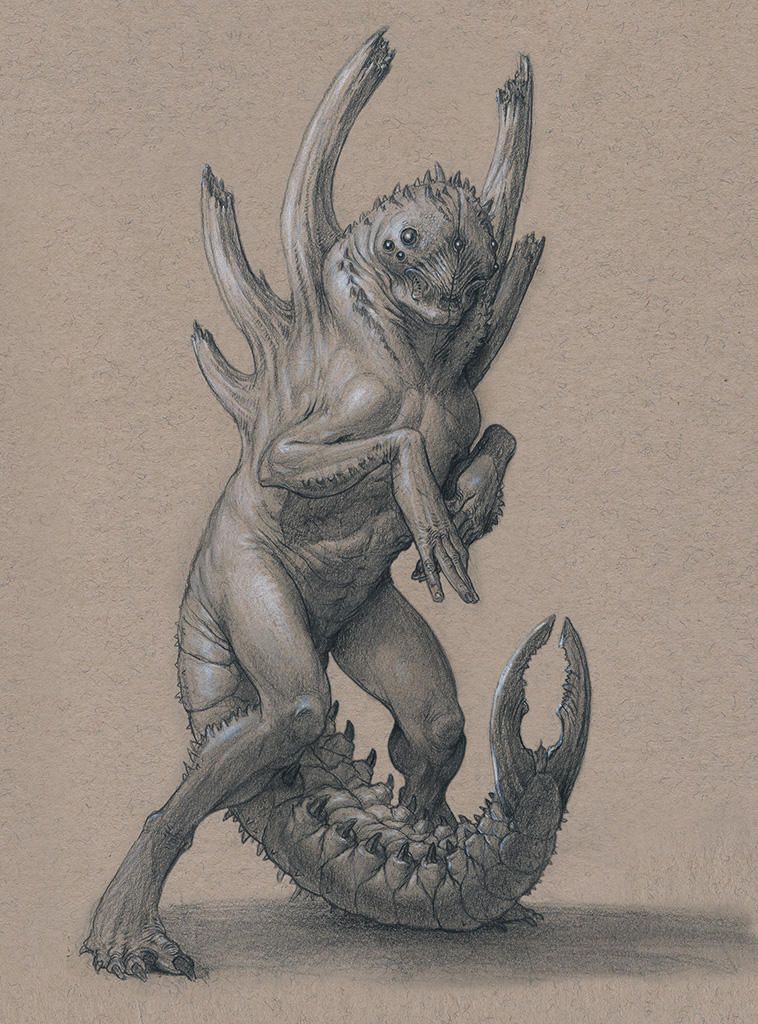 |
|---|
Los Mitos de Cthulhu es la parte más importante de la producción literaria de Lovecraft.
Lovecraft fue un destacado autor de novelas cortas y relatos de difícil clasificación (una característica que lo une desde el punto de vista literario a Edgar Allan Poe) situados entre lo que llamamos ciencia ficción, la fantasía y el horror "cósmico" como fue definida su obra poco después de su muerte.
En este libros nos encontramos con reltos que nos remiten a épocas primigenias de la Tierra anteriores a la llegada del hombre, y sin embargo cuyos legados se mantienen hasta la actualidad (o más bien a la época del autor entendiendo como tal los años 1920-1930 en los cuáles el escritor desarrolló gran parte de su obra).
Esas razas extraterrestres que llegaban "filtradas por las estrellas" traían sus propios dioses, conocidos por su gran sabiduría como los Grandes Antiguos, y uno de ellos el más conocido aunque no necesariamente el más importante en toda su obra literaria es Cthulhu.
Esta serie de cuentos cortos recogidos en un solo volumen bajo el nombre de El Ciclo de Cthulhu o Los Mitos de Cthulhu según el país de Hispanoamérica donde fuera publicado, fueron escritos entre 1921 y 1935 y el detalle es el siguiente:
- La ciudad sin nombre (1921)
- El ceremonial (1923)
- La llamada de Cthulhu (1926)
- El color surgido del espacio (1927)
- El caso de Charles Dexter Ward (1927-1928)
- El horror de Dunwich (1928)
- El que susurra en la oscuridad (1930)
- La sombra sobre Innsmouth (1931)
- En las montañas de la locura (1931)
- Los sueños en la casa de la bruja (1932)
- La cosa en el umbral (1933)
- En la noche de los tiempos (1934)
- El morador de las tinieblas (1935)
y en ellos encontramos numerosos personajes entre los cuáles el más conocido es el famoso Necromicon, el grimorio o libro mágico escrito por el loco árabe Abdul Alhazred que tenía el poder de atraer, con su invocación, a los seres extraterrestres desde las regiones más remotas del cosmos y del ser.
Hay quienes opinan que Lovecraft tomó prestado el nombre "Cthulhu" de la mitología sumeria. Se trata de una falsa publicación que combina elementos de la mitología sumeria y de los mitos de Lovecraft. El nombre de "Cthulhu" fue puramente una invención de Lovecraft. Su boceto de Cthulhu puede verse en "The Lovecraft Web" de Robert Arellano.
Este libro ocupa un lugar privilegiado en mi biblioteca.
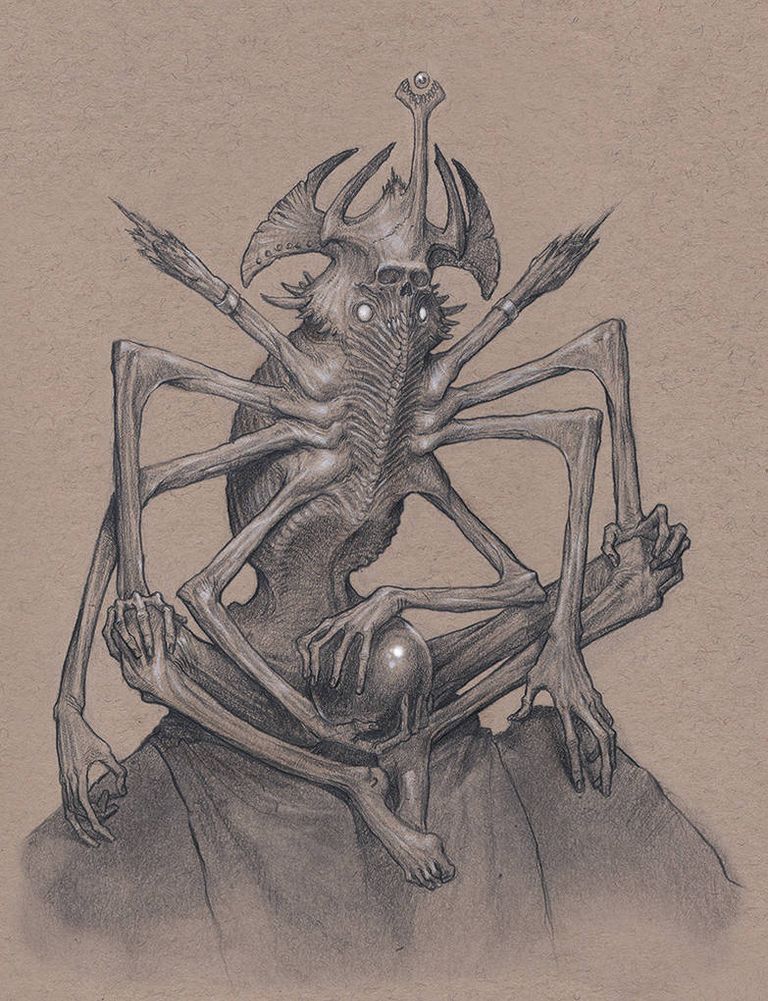 |  |
|---|
The Cthulhu Myths is the most important part of Lovecraft's literary production.
Lovecraft was an outstanding author of short novels and stories of difficult classification (a characteristic that unites him from the literary point of view to Edgar Allan Poe) located between what we call science fiction, fantasy and "cosmic" horror, as his work was defined shortly after his death.
In these books we find stories that take us back to primitive times on Earth before the arrival of man, and yet whose legacies remain to this day (or rather to the time of the author, understanding as such the years 1920-1930 in which the writer developed much of his work).
Those extraterrestrial races that arrived "filtered by the stars" brought their own gods, known for their great wisdom as the Great Old Ones, and one of them the best known although not necessarily the most important in all his literary work is Cthulhu.
This series of short stories collected in a single volume under the name of The Cthulhu Cycle or The Cthulhu Myths, depending on the country in Latin America where it was published, were written between 1921 and 1935 and the details are as follows:
- The Nameless City (1921)
- The Ceremonial (1923)
- The Call of Cthulhu (1926)
- The Color Rising from Space (1927)
- The Case of Charles Dexter Ward (1927-1928)
- The Dunwich Horror (1928)
- The Whisperer in the Dark (1930)
- The Shadow over Innsmouth (1931)
- On the Mountains of Madness (1931)
- The Dreams in the Witch's House (1932)
- The Thing on the Threshold (1933)
- In the Night of Time (1934)
- The Dweller in the Darkness (1935)
and in them we find numerous characters among which the best known is the famous Necromicon, the grimoire or magic book written by the mad Arab Abdul Alhazred that had the power to attract, with its invocation, the extraterrestrial beings from the most remote regions of the cosmos and the being.
There are those who believe that Lovecraft borrowed the name "Cthulhu" from Sumerian mythology. This is a false publication that combines elements of Sumerian mythology and Lovecraft's myths. The name "Cthulhu" was purely an invention of Lovecraft. His sketch of Cthulhu can be seen in "The Lovecraft Web" by Robert Arellano.
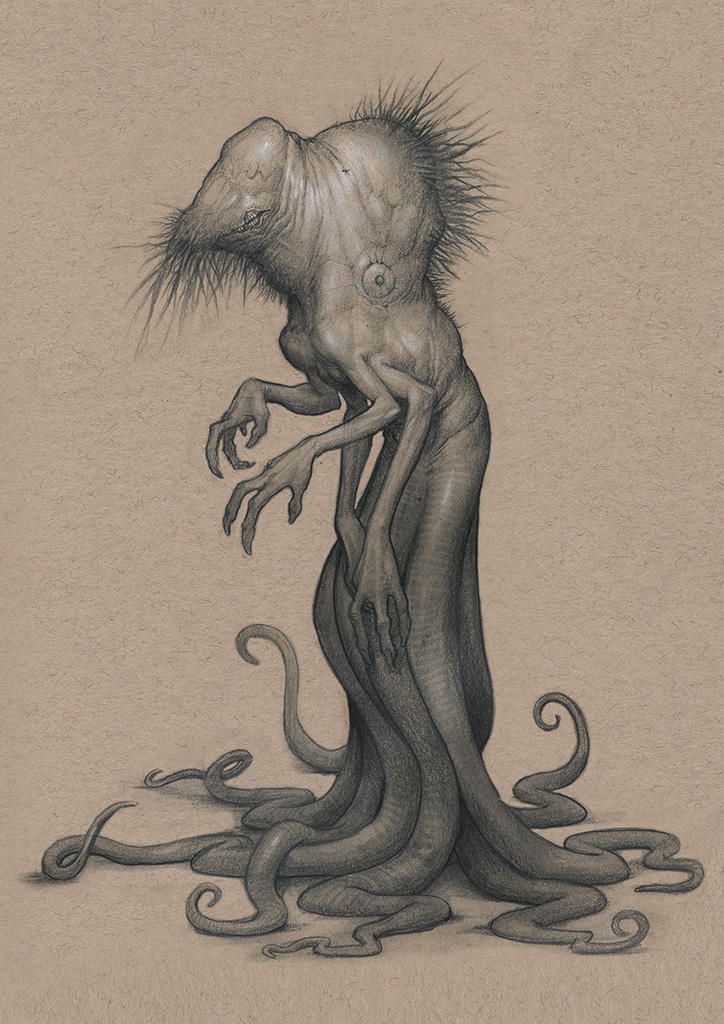
This book occupies a privileged place in my library.
Translated with/Traducido con DeepL Translator.



Upvoted. Thank You for sending some of your rewards to @null. Read my last posts to make sure that BLURT burning is profitable for you. Before using this bot please make sure your account has at least 100 BP. Get more BLURT:
@ mariuszkarowski/how-to-get-automatic-upvote-from-my-accounts@ blurtbooster/blurt-booster-introduction-rules-and-guidelines-1699999662965@ nalexadre/blurt-nexus-creating-an-affiliate-account-1700008765859@ kryptodenno - win BLURT POWER delegation@ ctime/burn-bot-liquid-blurtThanks!